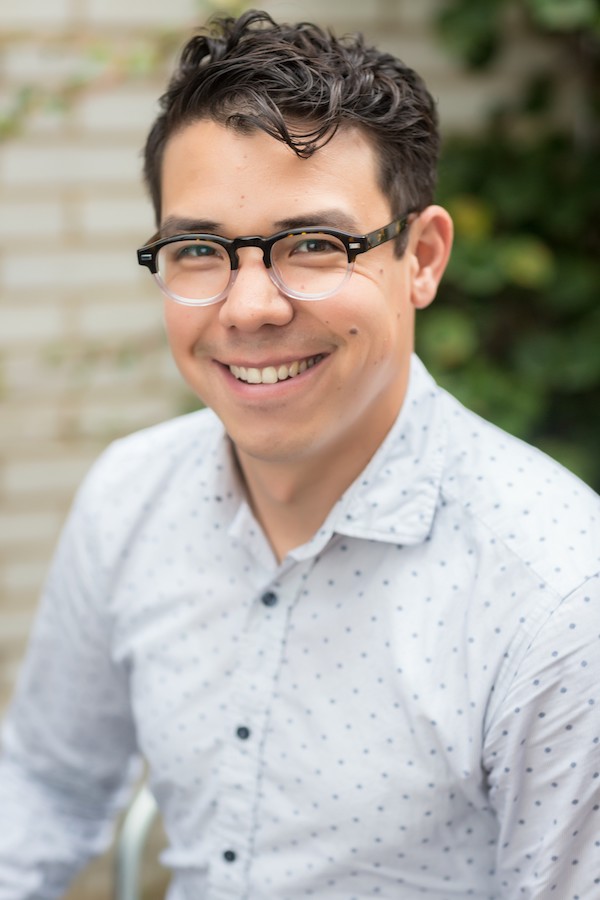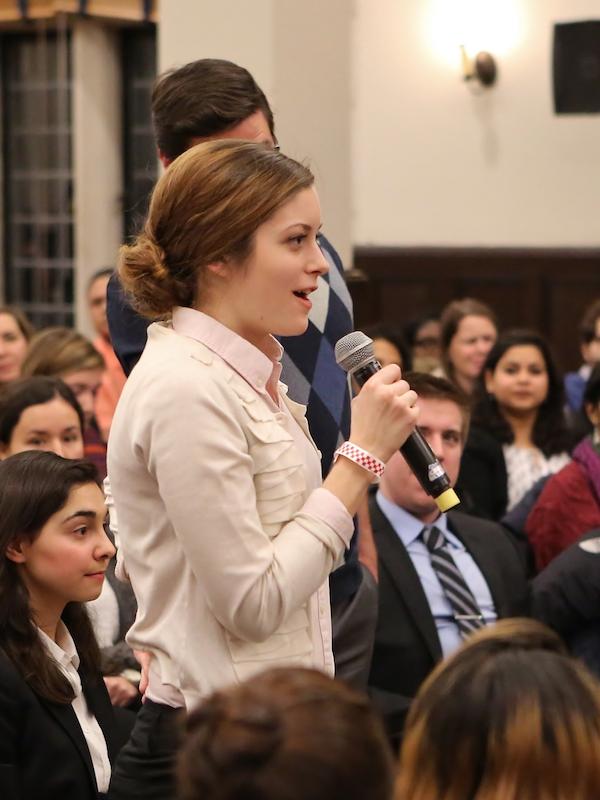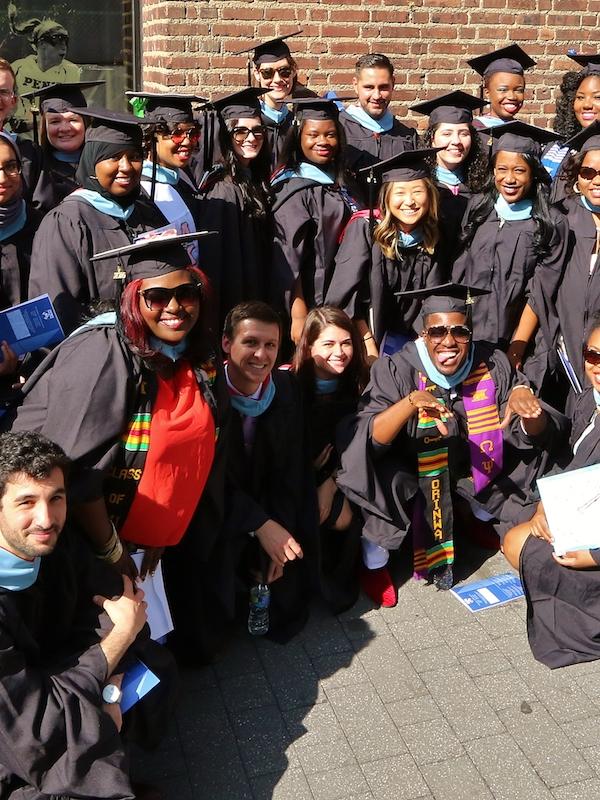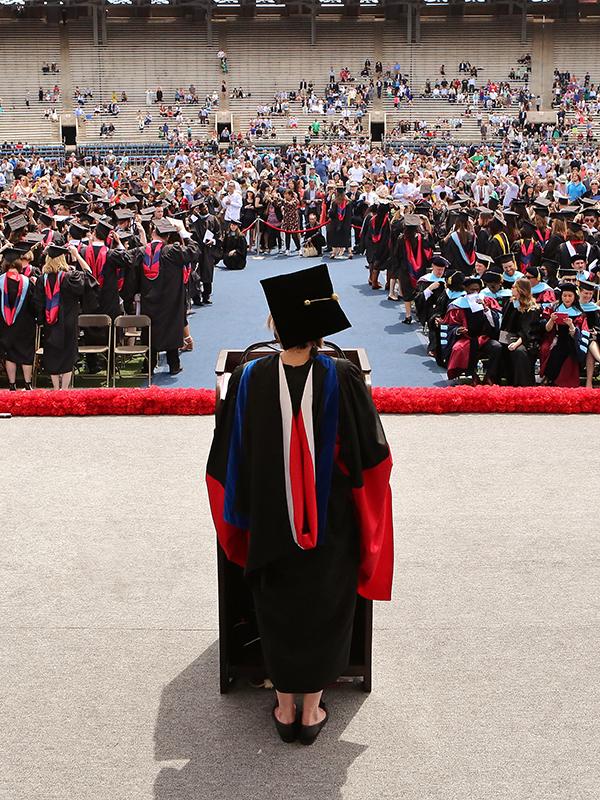Educational Opportunity through Technology
“It is imperative to innovate to ensure that education is available to all students. How we choose to do that innovation is going to be very important.”
by Lini S. Kadaba
Photo by Denis Largeron
The mission of the U.S. Department of Education includes “ensuring equal access”—a goal that has too often proven elusive. David Soo, GR’11, views technology as a key tool for supporting equal opportunity.
Coding boot camps, apprenticeships, massive open online courses (MOOCs), and other technological innovations have the potential to increase the number of students who gain access to college and complete degrees, asserts Soo, a senior policy adviser in the Office of Educational Technology within the Secretary’s Office at the U.S. Department of Education.
“It is imperative to innovate to ensure that education is available to all students. How we choose to do that innovation is going to be very important,” he says. “Technology is one tool, one way to improve equity.” A whopping eleven of the fifteen fastest-growing occupations through 2024 will require postsecondary education, according to the Bureau of Labor Statistics. “We need more students to get through college that is affordable, high quality, and meets their needs,” Soo says. “For some students, it will be an analog experience. But for most, it is going to incorporate some aspect of technology.”
One novel experiment that Soo has helped lead during his more than five years with the Department of Education is the Educational Quality through Innovation Partnerships (EQUIP). Launched in 2016 at eight pilot sites, it encourages colleges and universities to create innovative partnerships. EQUIP links nontraditional training providers to academic institutions, thereby allowing students—particularly those from low-income backgrounds—to access federal financial aid for the first time.
As part of the program, Colorado State University’s Global Campus plans to join with start-up Guild Education to move working adults from low-wage jobs into supervisory roles. Students will enroll in a one-year certificate program in management fundamentals that combines online lectures, role playing, simulations, and capstone projects. Similarly, Northeastern University in Boston intends to offer an accelerated bachelor’s degree program in advanced manufacturing, with online courses and interaction for students as well as face-to-face experiential learning through General Electric.
Just as important as innovative efforts, Soo adds, are processes that evaluate the initiatives’ outcomes to establish best practices. Independent, third-party organizations are set to assess outcomes and monitor how students fare with jobs. “If we’re not intentional about it,” he cautions, “technology can exacerbate some of the economic disparities.”
Soo traces his career trajectory into higher education innovation straight back to his experience at PennGSE. While working on his Ph.D. in higher education, he obtained an internship at the U.S. Department of Education with the help of Professor Matthew Hartley. Soo, whose early career was in student life, soon caught the policy bug through his practical experience in Washington. He says his doctorate also gave him a broad and deep understanding of higher education governance and structure, which he believes is critical to creating programs that have real impacts.
“We need to continue to work with academic institutions to ensure that all students, regardless of their background, have the chance to pursue a complete education,” Soo says.
This article originally appeared in the Spring 2017 issue of The Penn GSE Magazine.




